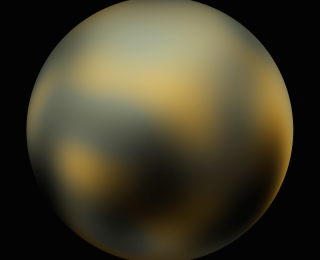
Parallel Universes may be more habitable than our own
If parallel Universes exist, their fundamental laws of physics may be different to ours. How sensitive is the existence of life to these laws? Read on to find out.

If parallel Universes exist, their fundamental laws of physics may be different to ours. How sensitive is the existence of life to these laws? Read on to find out.

Thousands of transiting exoplanets have been discovered, but for most of these planets we only know their radius and nothing about their mass. With a mass-radius relation, we can infer the masses of all these planets. This paper provides a new, probabilistic mass-radius relation for small planets, and its approach is somewhat unusual…

In July of this year (2015), NASA’s New Horizons mission will fly past Pluto and its moons. It will map the surface of the Plutonian system in unprecedented detail, revealing craters and other surface features for the first time. In preparation for the deluge of newly discovered craters, mountains, crevasses and other surface features, Mamajek et al. discuss a naming system for Pluto and its moons.

The Hyades underpins our understanding of stellar ages. If its age is wrong then a lot of other ages are wrong too…

Rings have been detected in another Solar system and, just like the rings of Saturn, they may have been carved out by exomoons.